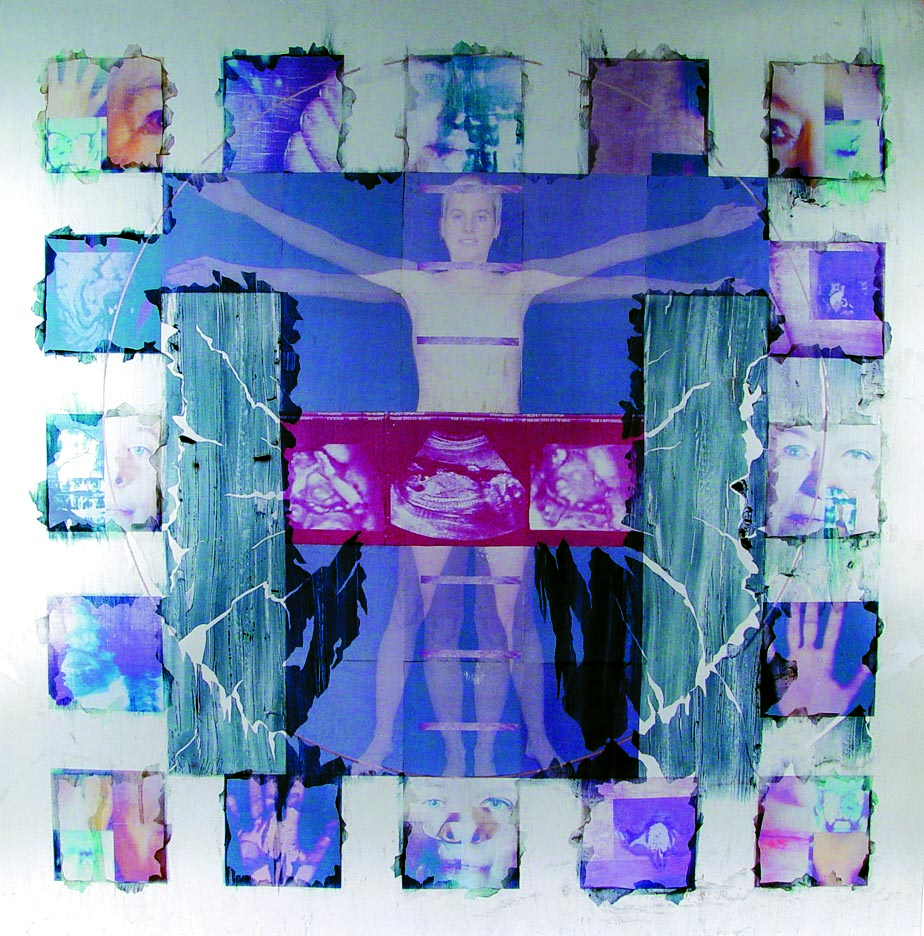Guest curators :
Pierre Pelletier, Embrun
Chantal Burelle, Bourget
Stéphane Gauthier, Sudbury
Lisa Fitzgibbons, Toronto
Four curators and four artists from three regions of Ontario (south, east, north) reflect on the theme of the relation between the centre and the periphery of their society. Where is the centre? Is it superior to the marginal regions? Or, as communications philosopher Derrick de Kherkove insists, is it the far-flung regions, the edges that provide the most radical new vision of art and of society?
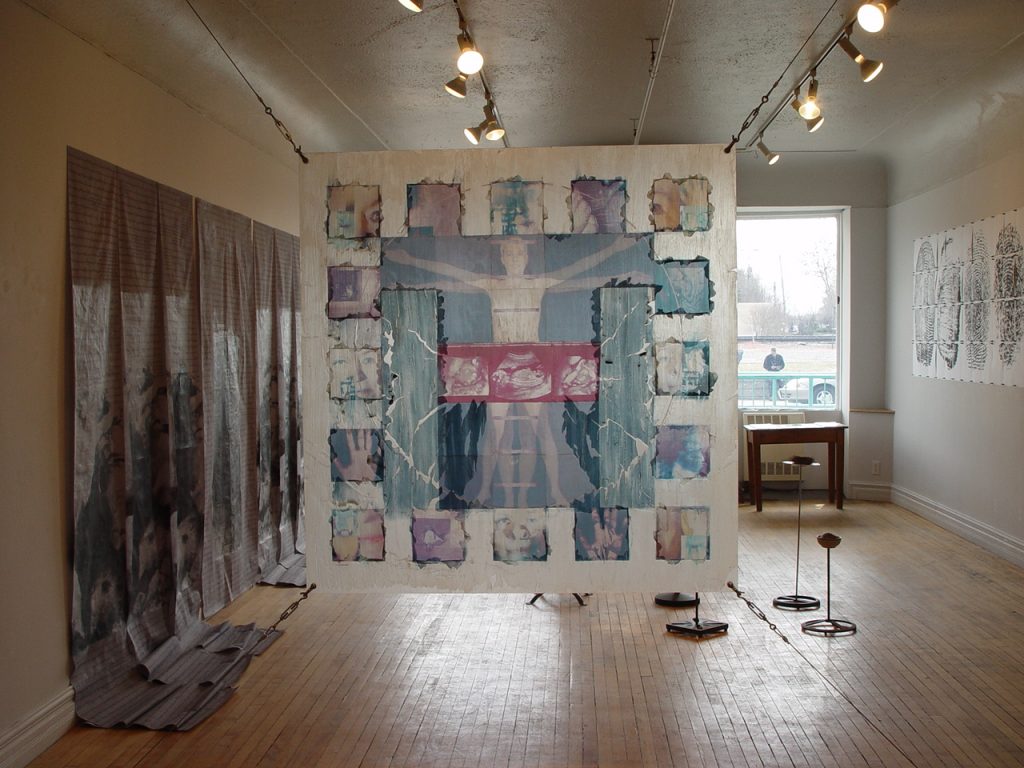
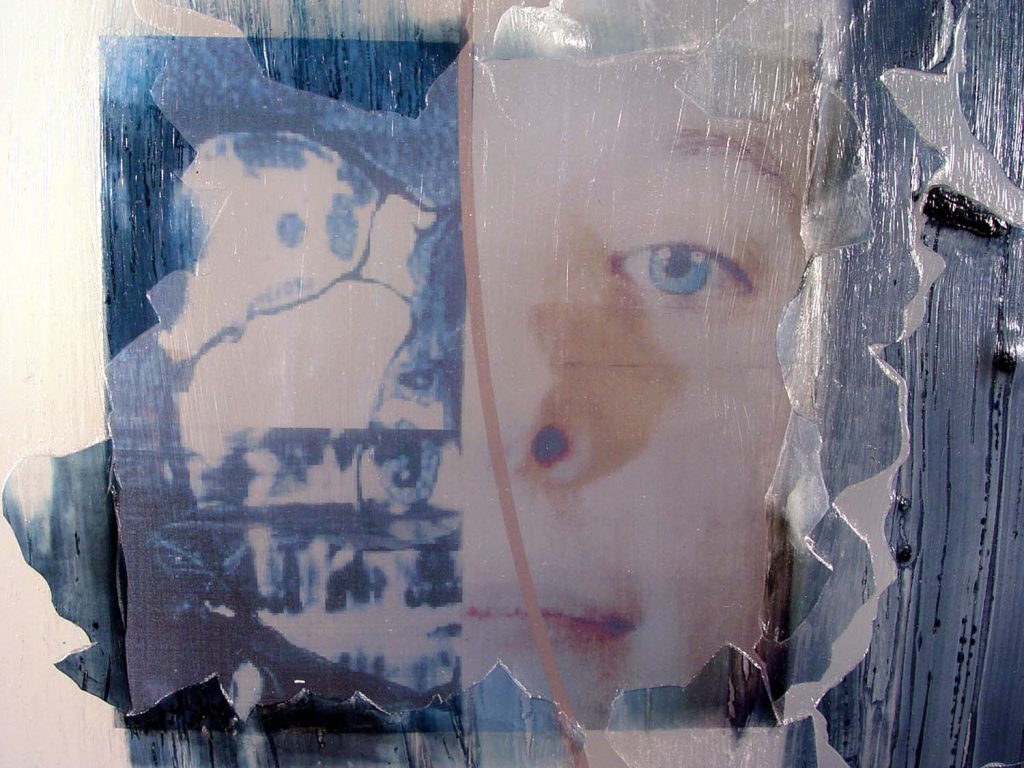
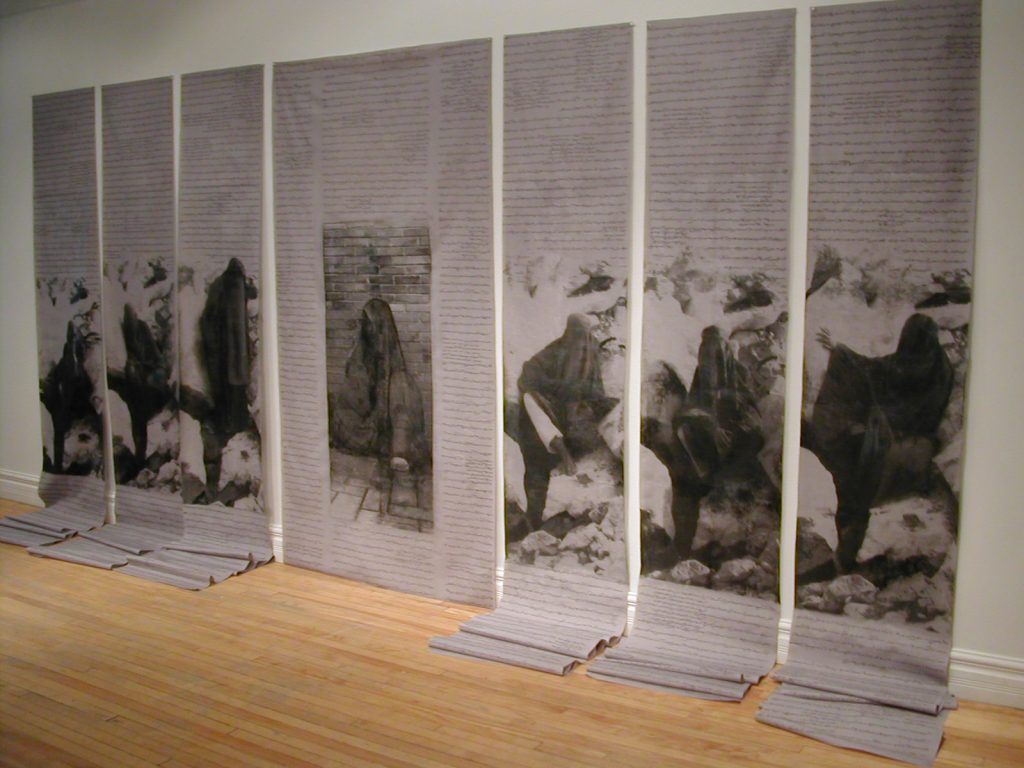

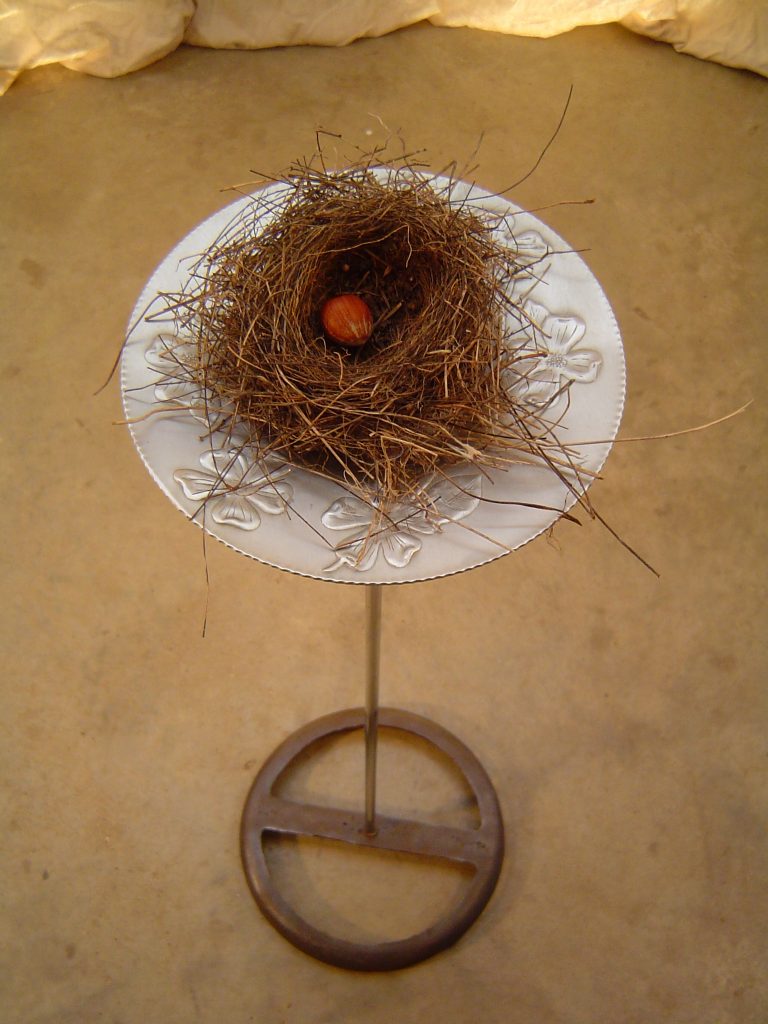
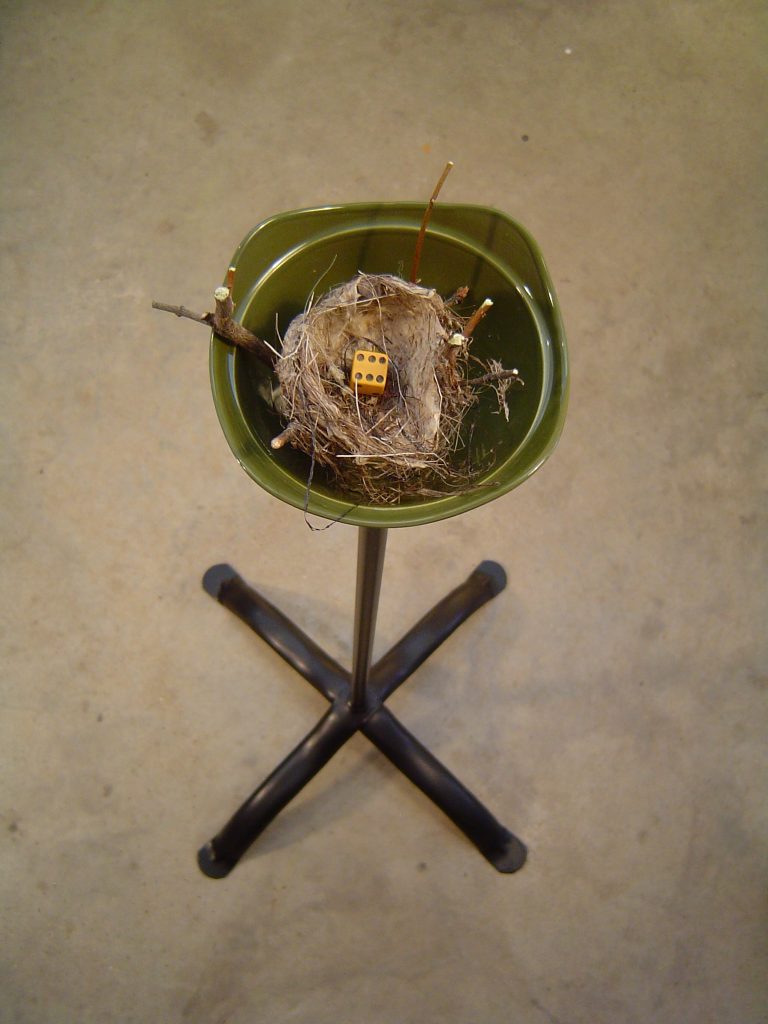
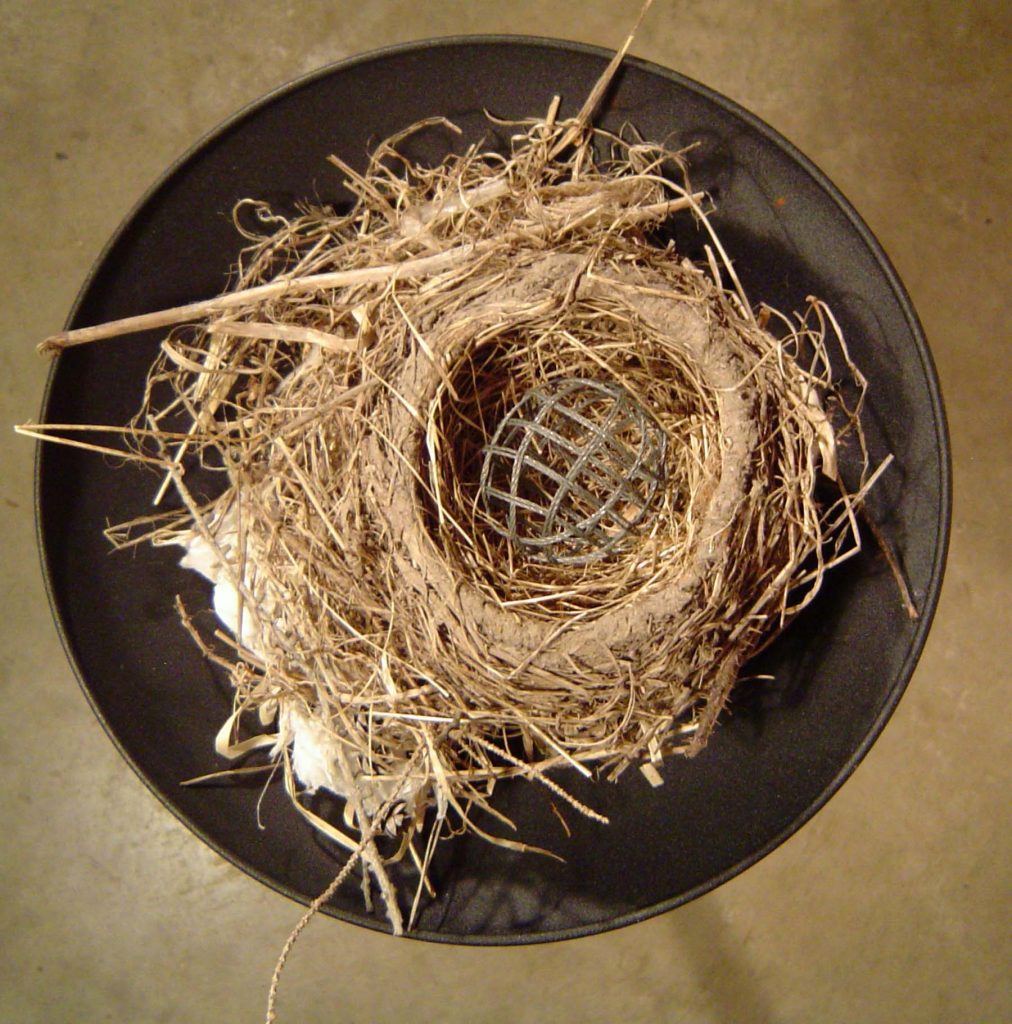
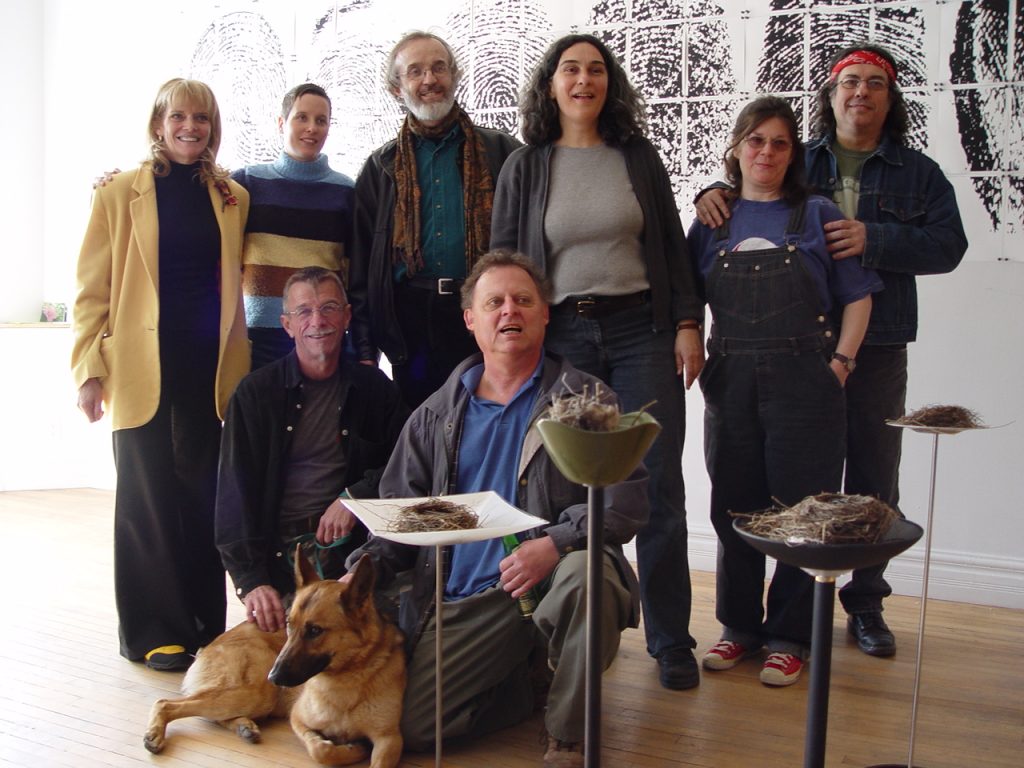
Laurent Vaillancourt
Laurent Vaillancourt participated in the cultural awakening movement of French Ontario in the early 1970s and remains intimately linked to this community. Hearst, in northern Ontario, remains his home base. The artist has been and continues to be fascinated by the steel cable, a true metaphor for his deep desire to link together, through this symbolic material, the people of the small communities with which he identifies. Steel cable is rarely used as a raw material. Its flexibility, its curves, its elegance and its torsional strength are the attributes that Vaillancourt explores by manipulating it. Found objects are also increasingly elements that form part of its basic materials. For the artist, the object carries meaning. The object is an artefact. It is used to tell stories.
Artist ProfilePaul Walty
Paul Walty, a visual artist based in Toronto, has been active professionally since 1980. For the most part, drawing is his medium of choice. French and English, both spoken and written, are frequent sources of inspiration.
Artist ProfileShahla Bahrami
Shahla Bahrami's work finds its source in the chador. A semicircular garment, the chador is worn by Muslim women to hide their hair and body. Today, this garment is both a response to religious obligations and a symbol of resistance to the encroachment of Western culture. What may surprise is that despite its powerful religious and cultural value, this item of clothing appears only very rarely in Islamic arts. After fourteen centuries under the influence of Islam, the image of Muslim women in painting remains the same. Intact. This pictorial continuity, which does not carry the movement of society during this period, is considerable. The Egyptians do the same: they continue to paint on the papyrus the servants of the pharaohs and in Persian miniature, the women dressed in bright colours. These approaches and artistic productions refuse to capture the essence and the real image of Muslim women in today's society.
Artist ProfileGeneviève Ruest
Geneviève Ruest, is a Montréal based visual artist working with digital print media and installation with medical imageries. Her artistic research is centered on the human body through its transformations and mutations from generation to generation. Through imagery, she traces her genetic baggage by depicting the world beneath her skin. She is recipient of grants, awards and honours at international level and she has represented Canada in artistic events. Her work was represented in Canada in different museums and galleries as well as in Africa and Europe, in private and public collections and was the object of two short films: “Sentenced to life” and “Espace de vie –Oublies et souviens toi” by the National Film Board of Canada. She is constantly involved in artistic events as a guest artist and frequently invited as a lecturer at the University of Ottawa. She was chosen as the President of the jury in the photography discipline for the international event Games of La Francophonie (Niamey, Niger, 2005).
Artist Profile
